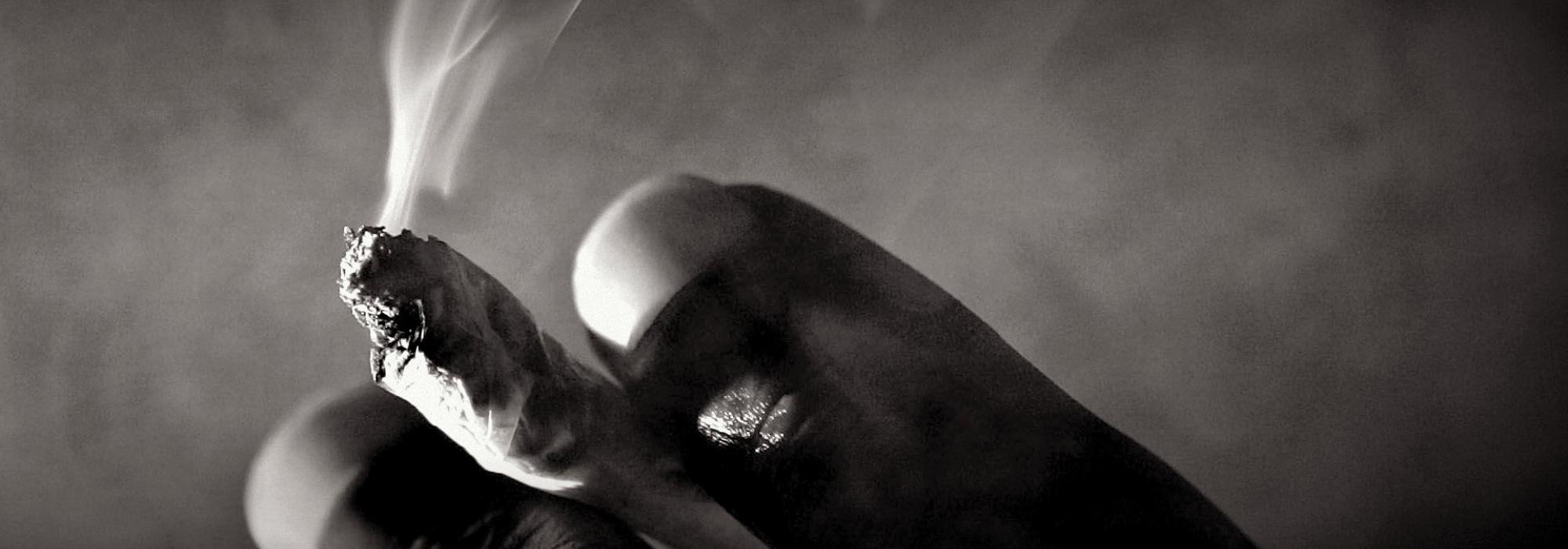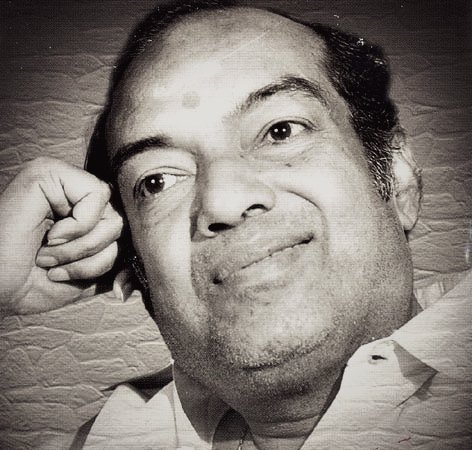Bahinabai, the renowned folk poetess, lived in a small village in Maharashtra. She was illiterate and unschooled but was a prolific composer of poetry (mostly set to the folk poetic meter called ovi). While she composed all these poems orally, her son Sopandev wrote them down and got them published with the help of the Marathi polymath P. K. Atre.
During the days Sopandev was student in Pune, he once made a visit to his mother’s village. With him was a friend who was fond of poetry and was reading a book written by a prominent Marathi poet. When Bahinabai asked her son’s friend about the book, he said that the poems were great but the poet was an alcoholic. Bahinabai asked him to give the book to her. Sopandev’s friend was startled because he knew that Bahinabai was illiterate. Nevertheless, he handed her the book of poems. Bahinabai brought the book close to her nose and said, “But I don’t smell any alcohol. Strange, isn’t it? My son, how does it matter what someone eats or drinks? What we can learn from them is what should concern us!”
Bahinabai was teaching a great truth of the separation between traits and habits – while the former is something that pervades our body-mind unit all through, the latter is but a material vestige that can be got rid of (by proper practice and exertion of will).
The Tamil poet, lyricist, and writer ‘Kaviarasu’ Kannadasan was one such alcoholic poet. He was a well-known womanizer too. Often, he would be lying in a hotel room, sloshed, and in the company of multiple women. The music director he regularly worked with, M S Viswanathan, would call Kannadasan in his hotel room. And when the phone-call would come, Kannadasan would sit up and ask him what the situation was. MSV would explain the plot points of the film and also hum a few lines of the melody or play it on the harmonium. Then Kannadasan would spontaneously compose the lyrics and tell MSV to take dictation. Any Tamilian from the older generations can vouch for the breadth and depth of Kannadasan’s poetry. Not only did he compose copious amounts of poetry, he also wrote novels, scholarly essays on Hindu philosophy, plays, and epics. And unabashedly, he recounts all his experiences and misdeeds in his autobiographies, admitting to how foolish he had been in some aspects of his life.
When we learn the difference between what constitutes the external characteristics and what really makes a person what she or he is, we will be more ready to learn from them, instead of wasting our breath judging them.
There is a similar story involving the warrior Alexander. Once he had gone for a walk with Diogenes, the great philosopher. Diogenes stopped at a cemetery and looked attentively at a pile of bones. When Alexander asked him what he was doing, Diogenes replied, “I am searching for the bones of your father but cannot distinguish them from those of a slave.”
The great bhakti poets of India have composed razor-sharp verses that illuminate the same idea. Kabir says in one of his oft-quoted couplets:
Ask not the lineage of a saint, ask of his wisdom
Haggle with the price of the sword, leave aside the scabbard
The accident of birth is indeed in the realm of the external, while wisdom and insight is something acquired and is part of the person’s fundamental characteristics.
Tukaram says it with more force in one of his abhangs:
A woman out of her mind / Isn’t aware / Of her own / Nakedness
One has no regard / For those / Who sham
A mirage / May seem deep / But it’s no drink / For the thirsty
The dauntless / Warrior / Doesn’t wait / For others / To join / His battle
Says Tuka / The true saint’s / Being is / His behaviour
(Translation by Dilip Chitre)
In his novel Hamsageethe, the noted Kannada writer Ta Ra Su (T R Subba Rao) gives a fictionalized account of the famous 19th century singer ‘Bhairavi’ Venkatasubbaiah. The novel was adapted into the movie Basant Bahar (in Hindi) and Hamsageethe (in Kannada). The young musician chances upon a gypsy musician and desires to learn from him. Soon, he realizes that he is up against a tremendously moody, weed-smoking, and alcohol-drinking wanderer. But setting aside his personal orthodoxy and restrictions, he begins to serve his guru, solely caring about the music that he could learn from this man.
Of course, this is not to say that intoxication is a good thing or people can afford to be careless with their bodies. While our thoughts affect our body, our actions affect our thoughts. Since we are responsible for ourselves, we have to take care of our body and mind. And since we are often not responsible for others, especially those who we don’t know personally, it is better to take the best from them and leave out the rest. In other words, when it comes to us, let us be aware of both traits and habits. When it comes to others, let us focus more on traits than habits.
Krishna says it beautifully in the Gita (6.31) – “The yogi who is aware of this oneness [between the Self and the Supreme] worships me as the one who lives in all beings; he abides in me, regardless of his way of living.”
And so, in the end, it doesn’t matter what you do for a living, or what you eat, or what you wear, or how you talk, or where you sleep – what truly matters is if you are compassionate, honest, brave, tolerant, and joyful.
In preparing this article, I have drawn heavily from my discussions with Aditya J. during our evening walks.
References
Bahinabainchi Gaani
Sreekrishna, Koti and Ravikumar, Hari. The New Bhagavad-Gita. Mason: W.I.S.E. Words, 2011
Ta Ra Su. Hamsageethe. Bangalore: Hemanta Sahitya
Tukaram. Says Tuka. Tr. Chitre, Dilip. New Delhi: Penguin Books, 1991
This article was first published in Daily O as part of my column Commonsense Karma.
















































